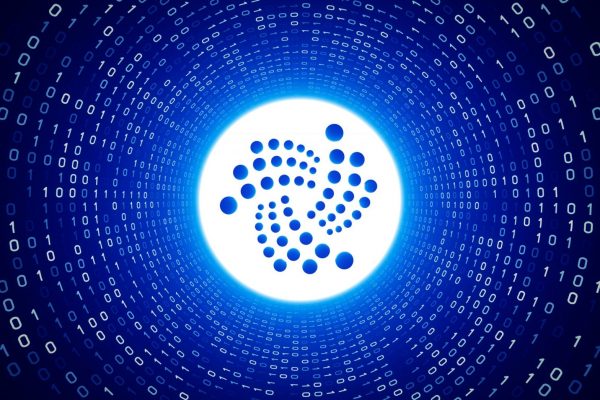The Internet of Things, or IoT, is when devices connect to the internet. But, what happens when you combine this with blockchain? IOTA.
The Internet of Everything
Appliances such as refrigerators, drones, lights, and cars can be connected to the internet.
Once a machine is connected to the internet, it can communicate with other machines. This interconnection of all of these smart devices is called the Internet of Things.
There have been discussions about IoT for a while – but now it is becoming more of a reality. A widespread IoT network would have significant implications on the way people go about in their lives.
However, there is a problem: the more ‘smart’ the devices become, the more data that gets generated. Many of the world’s networks aren’t designed to hold as much information as all these new connected devices are about to start producing.
This is where IOTA comes in.
IOTA is a DLT project specifically designed to solve the problem of how to manage all of that data.
What does IOTA stand for?
IOTA, which stands for Internet of Things Application, is a cryptocurrency that was designed to address some of the scalability problems found in other currencies like Bitcoin.
Presently, blockchain based systems like Bitcoin and Ethereum can process a limited number of transactions.
IoT requires a network that is capable of handling millions or even billions of transactions. To accomplish that, the IOTA team created The Tangle.
The Crypto Tangle (IOTA) Explained
The IOTA network’s distributed ledger is called the Tangle. The Tangle verifies transactions just like Bitcoin. However, unlike Bitcoin, Tangle doesn’t require lots of people trying to solve a cryptic puzzle to create a block.
Instead, two transactions must be approved for each transaction to take place. What does this mean? Dedicated miners are no longer needed. In fact, the more transactions that take place on the network, the faster it becomes.
The possibilities don’t end there. Furthermore, there are no transaction fees either, so you could easily process transactions for tiny amounts of currency as well. These micro-transactions would be too expensive on Bitcoin or Ethereum.
With IOTA, transactions will be fast, with zero fees, and enhanced security.
3rd Generation DLT Blockchain
If Bitcoin is the first step in the blockchain/DLT journey, and Ethereum, is step two – letting developers create Dapps and Smart Contracts – IOTA is the third generation, allowing machines to work autonomously on the network.
The IOTA network is not dependent on computers for mining, and it has a new type of security that makes it more future-proof.
IOTA Founders and Team Members
Dominik Schiener and David Sønstebø co-founded IOTA, and a global team of highly talented researchers and engineers are working on the project.
Does IOTA have its own Crypto token?
It does! It’s called the MIOTA.
Buy MIOTA at DEX
Like many other cryptocurrencies, MIOTA can bought at exchanges.
IOTA Future and Use Cases
With the ability to securely and scalably transfer data between machines, IOTA has many potential future uses.
Helping machines use blockchain automatically is one possible direction. European developers are working on a concept for smart cars to automatically pay for their own parking and electric charging. Humans are no longer necessary for the transaction to take place.
The IOTA foundation is working with city planners and energy companies to devise ways this new network can be used to increase efficiency and speed of networks.
In an age, where everything is connected to everything the idea of “Economy Of Things” emerges where all the data that is generated should be viewed as a precious commodity equivalent to water or gold.
Prepare for the emergence of truly smart machines.
Via this site

